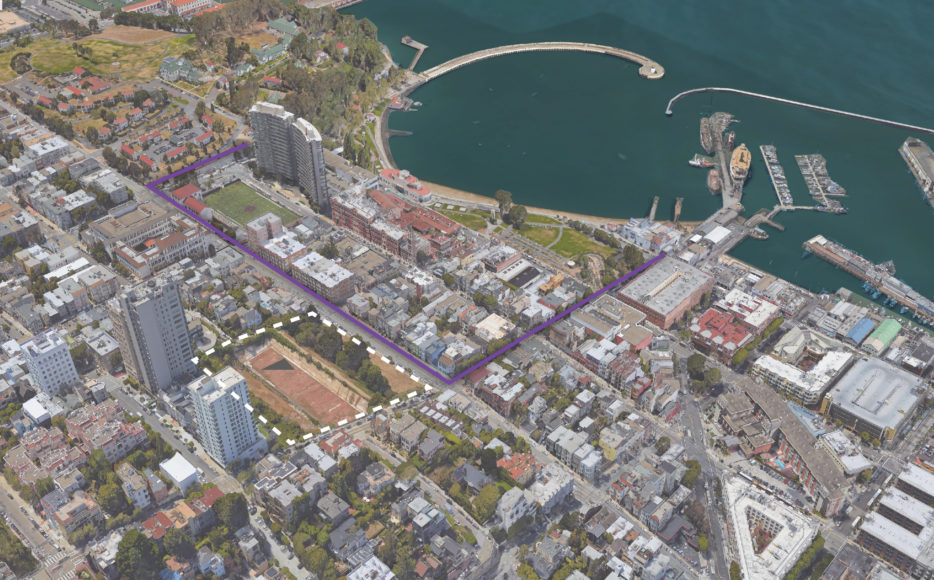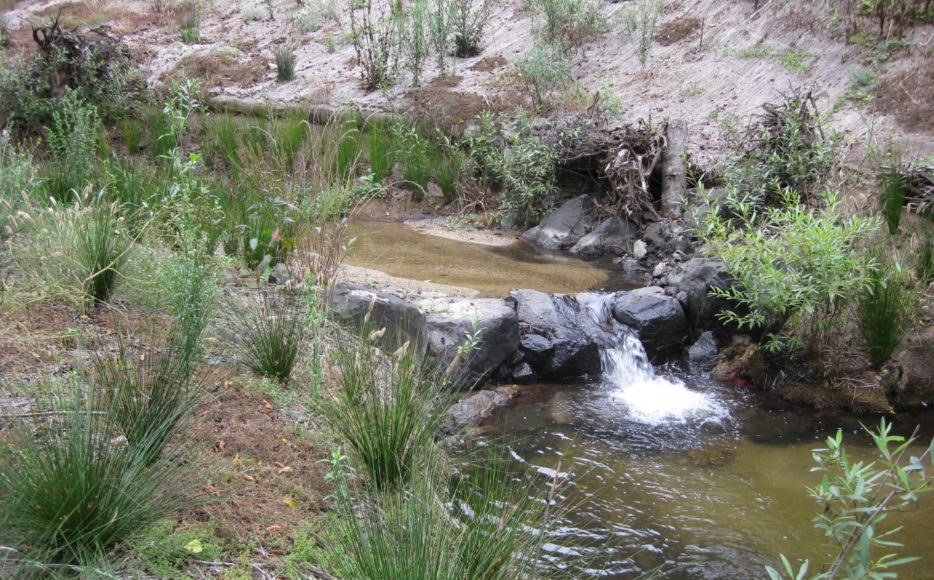The Fairfield-Suisun Sewer District (FSSD) has conceived a new Community Wetland Project that would help protect the environmentally sensitive Suisun Marsh, which is the largest contiguous wetland on the Pacific Coast and the largest brackish water marsh in the United States. In addition to helping the FSSD meet stricter regulatory requirements for nutrient limits using nature-based solutions, and reducing the amount of nitrogen that flows into the San Francisco Bay, the wetlands have also been designed to provide the community with equitable access to open space and walking trails, to protect from sea level rise, and to enhance the marsh’s diverse habitats.
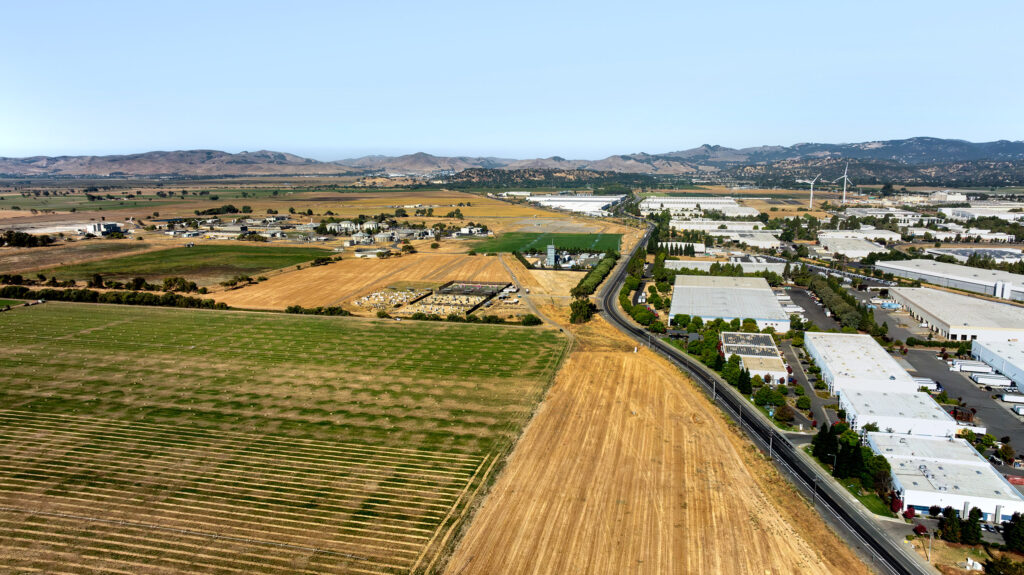
Sherwood worked with FSSD to design the sustainable infrastructure that facilitates nitrogen removal, including the in situ carbon capture required, and that protects from floods and sea level rise. The team developed three design concepts that maximize resilience, habitat, and community access and recreation, and presented each in public meetings for community feedback. The resulting design accounts for this feedback and incorporates elements of all three concepts into a single community-preferred recommendation.
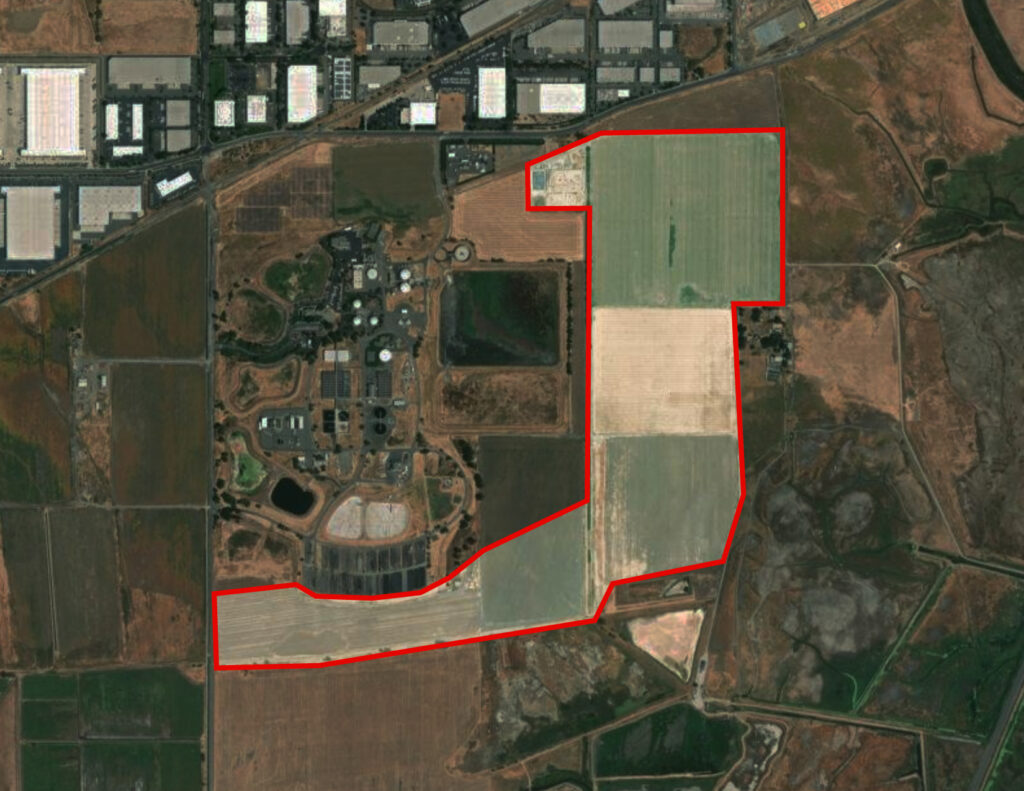
The San Francisco Bay is a nutrient-rich estuary with a high concentration of nitrogen, and municipal wastewater treatment plans like FSSD are responsible for 66% of that discharge. Fairfield-Suisun is one of five hotspots the Bay Area identified for the significant risks posed by wildfire, flooding and extreme heat. And the Bay’s resilience to nutrients like nitrogen is being stressed by climate change.

The nature-based solutions are designed to remove nitrogen from the water and capture atmospheric CO2 using locally appropriate wetland plants. The wetlands benefit from their seasonality, with the plants at their fullest during the summer months when nitrogen regulations are most restrictive. As the plants decay in the winter, and over time, the carbon will accumulate in downstream peat building wetlands, resulting in plant biomass and elevation gain that protects from sea level rise and flooding. The plant biomass also provides a carbon source required for microbial nitrogen removal prior to release into the Suisun Marsh. A transition zone is proposed at the perimeter of the wetland to provide local wildlife with improved access to food, water, nesting areas and migration corridors. A network of trails through the wetland is also being considered, with educational opportunities integrated into the site using kiosks and outdoor classroom facilities.
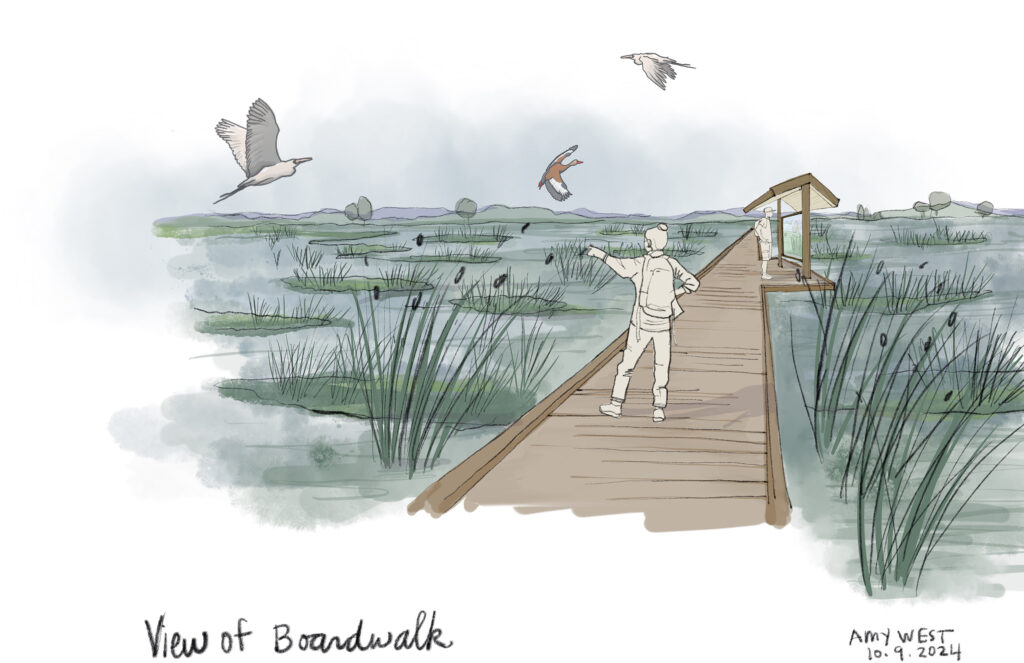
As a large wastewater treatment plant, FSSD aims to be California’s “greenest” plant and to lead by example with projects like the Community Wetlands, demonstrating what sustainable infrastructure looks like in practice. The project wrapped up the 30% design phase, in December 2024. Sherwood’s work includes cost estimating and permitting strategies, in support of FSSD’s efforts to secure full funding.
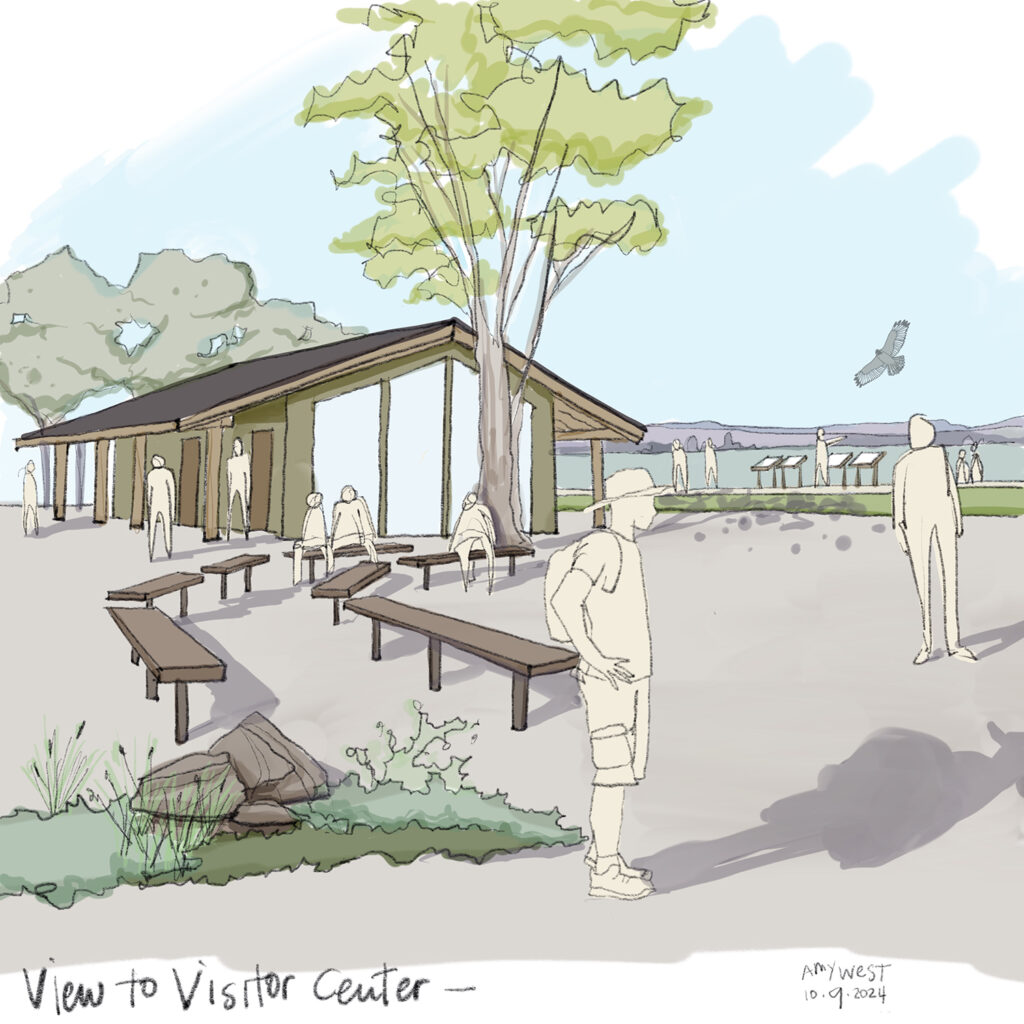
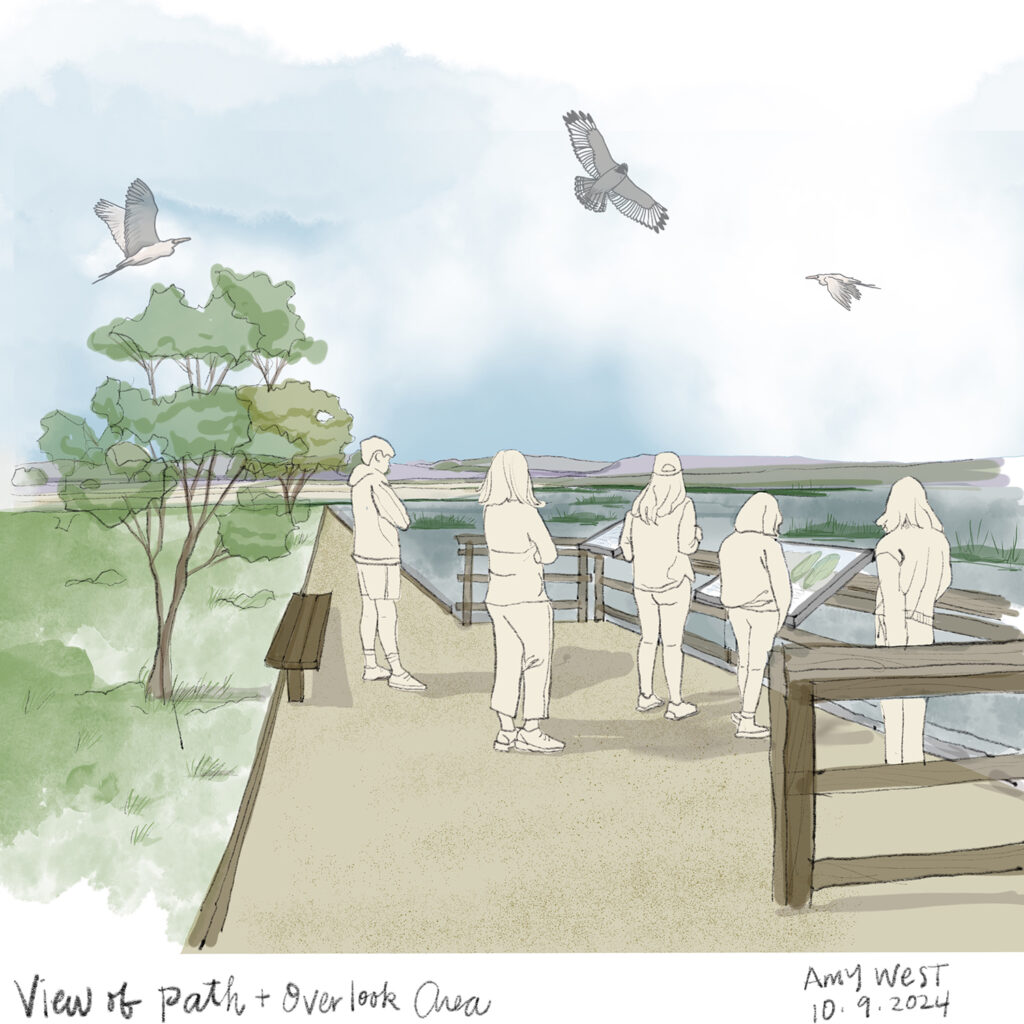
Proposed Sketches | Image Amy West
| Location | Fairfield, California |
|---|---|
| Client | Fairfield Suisun Sewer District |
| Design Partners | Biohabitats MIG |
| Size | 200 acre wetland 12 million gallon per day (MGD) treatment plant Serves community of 150,000 people |

